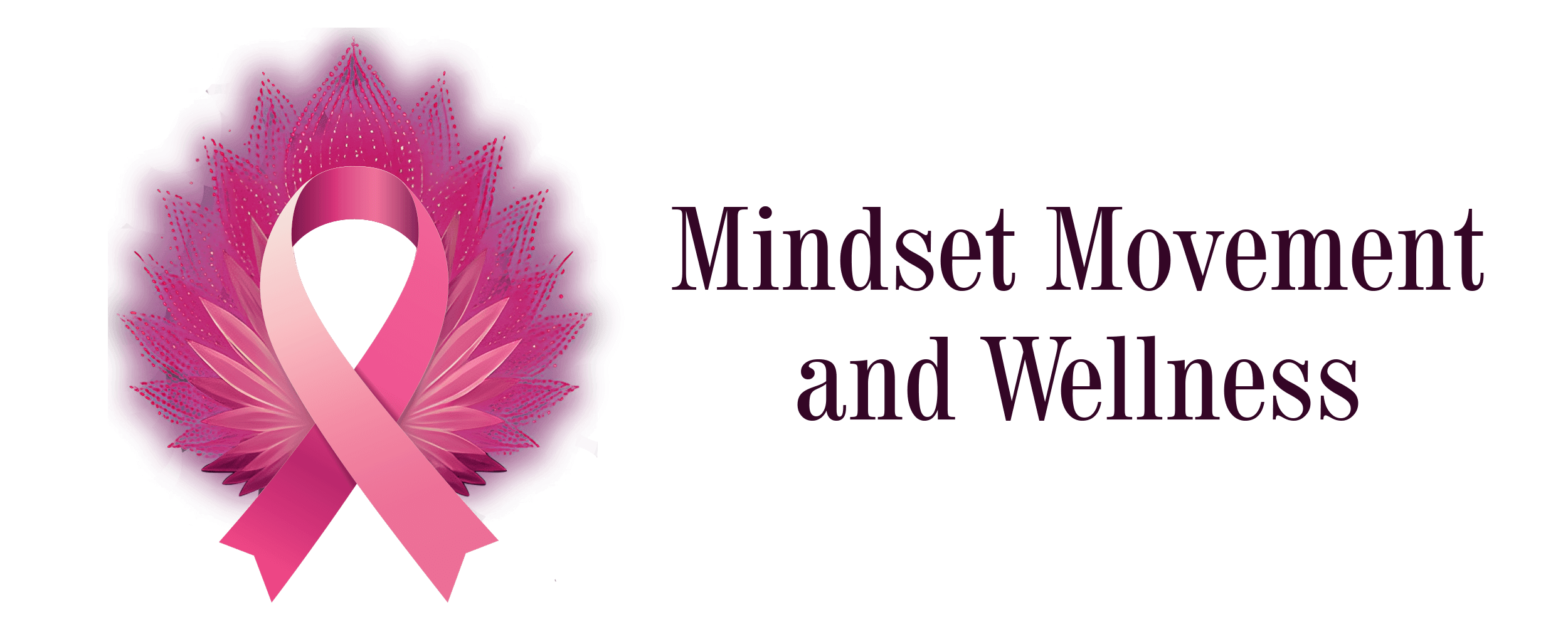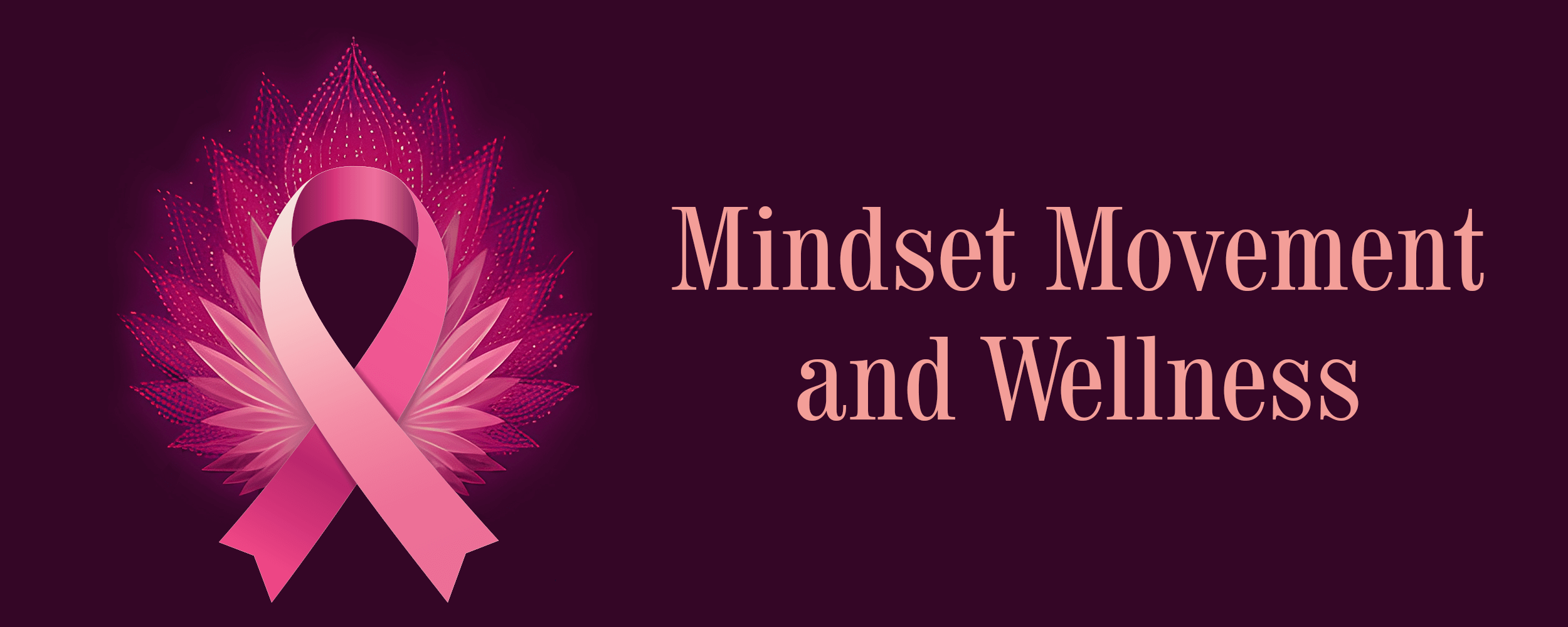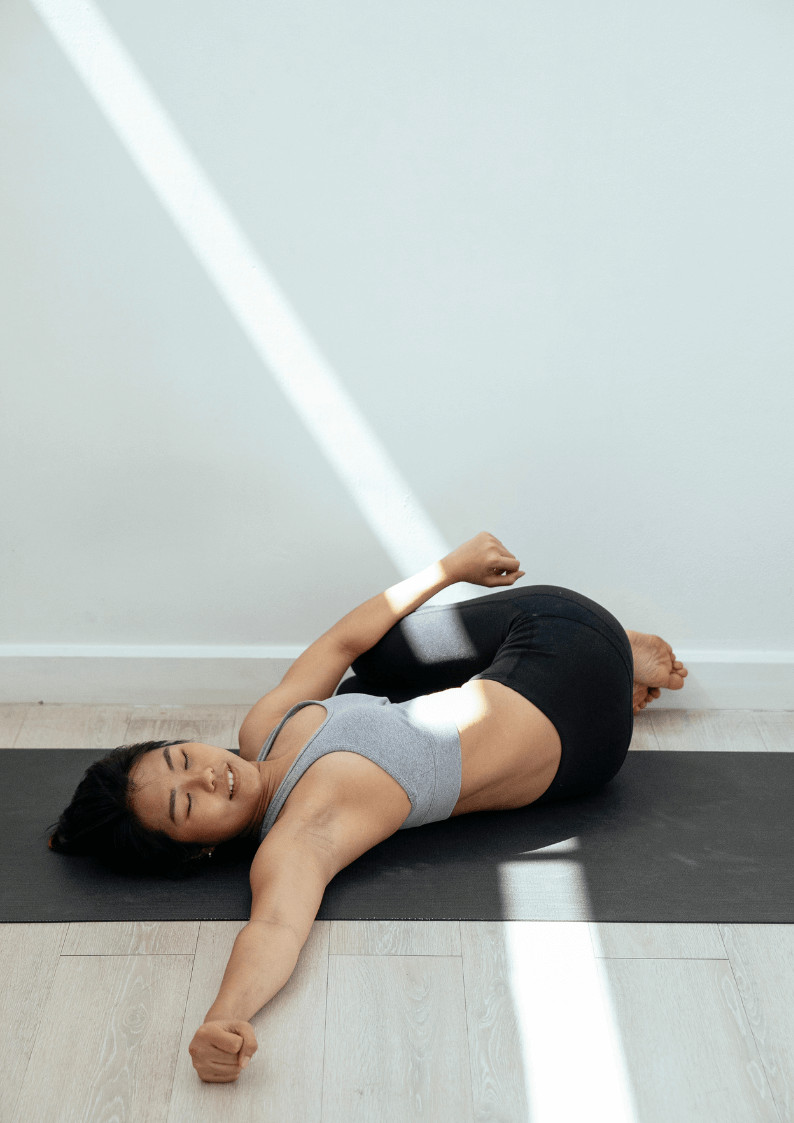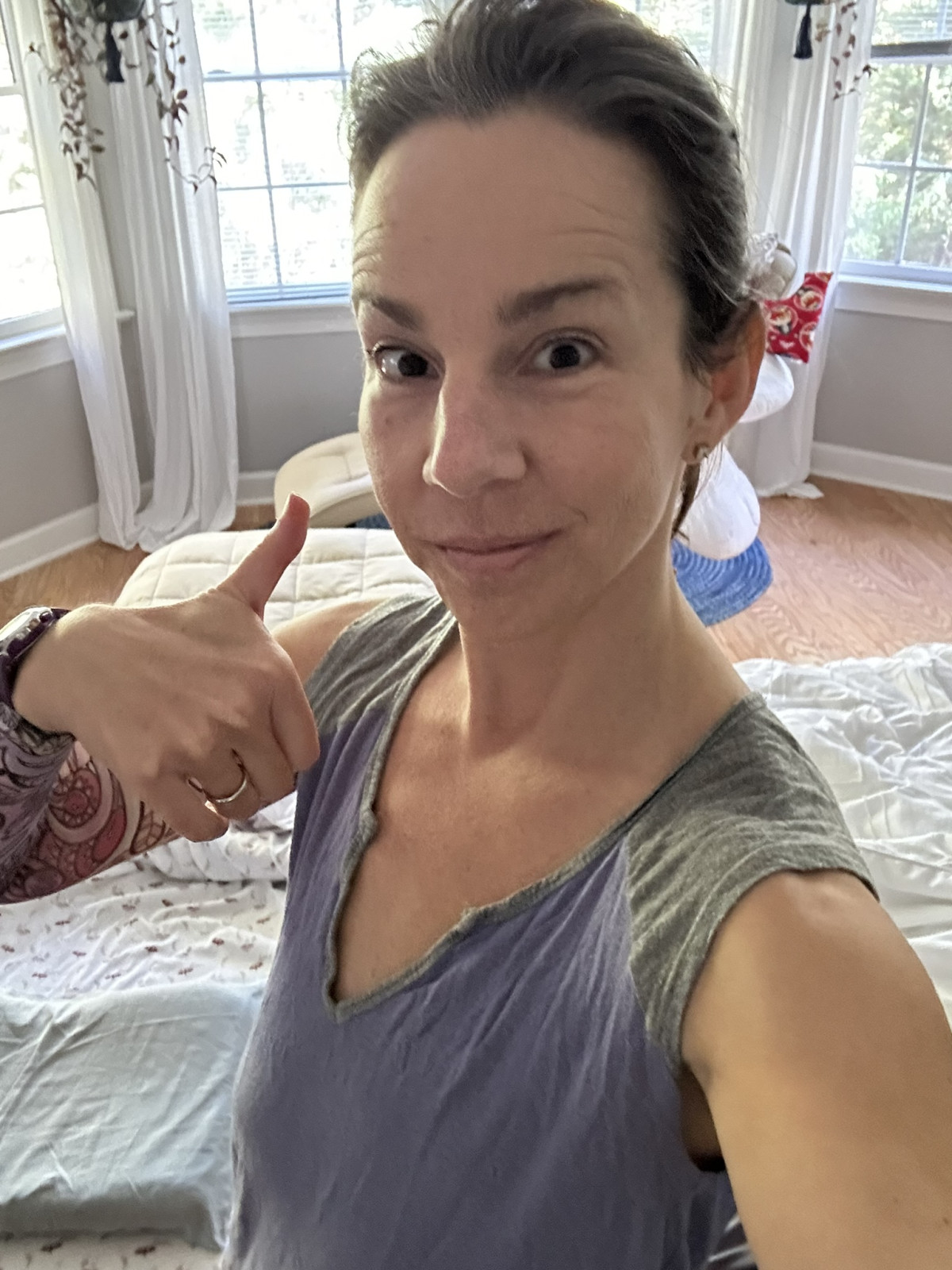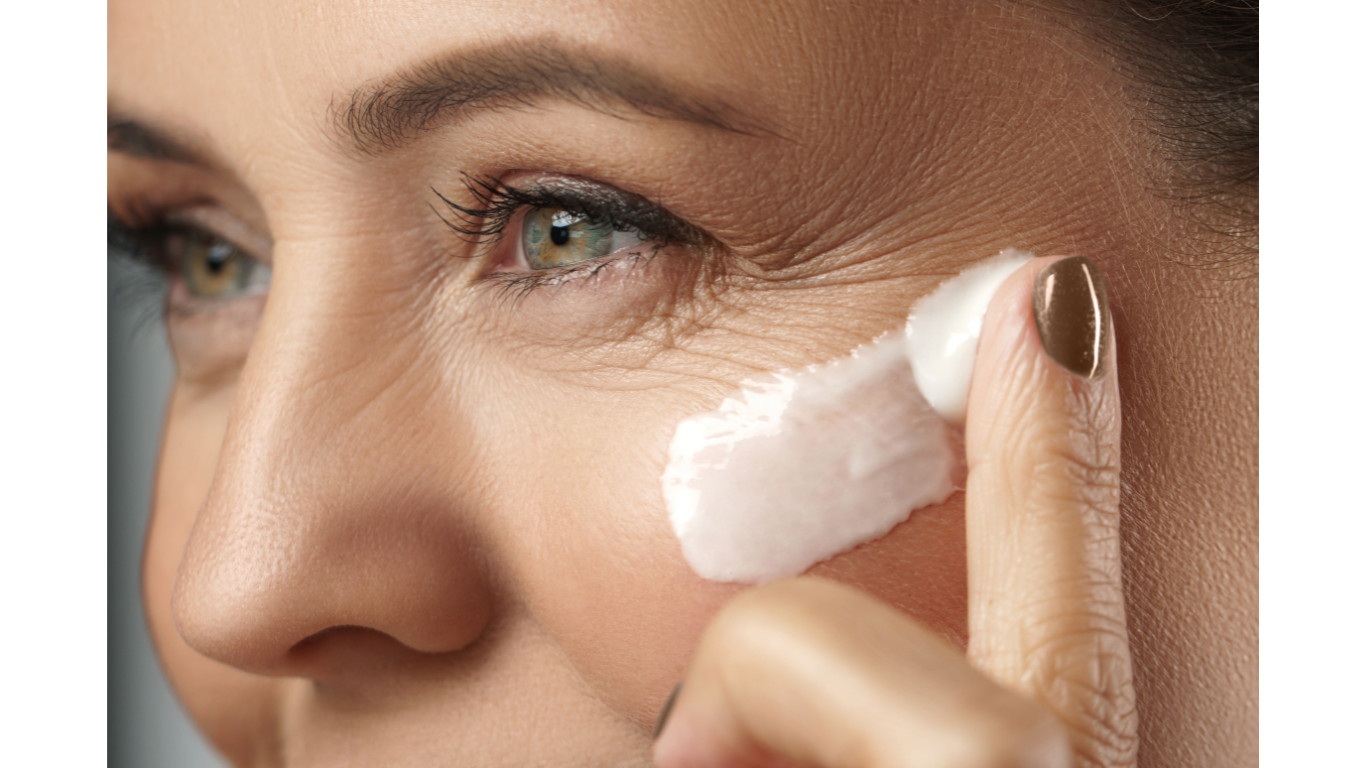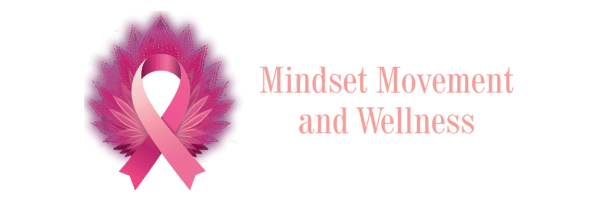
I’m a physical therapist. I’m also a breast cancer survivor.
And I’m going to say the quiet thing out loud: sex hurt—not aching, but burning.
And I’m going to say the quiet thing out loud: sex hurt—not aching, but burning.
If you’ve felt that hot, sandpapery sting when you try to be intimate, you’re not broken and you’re definitely not alone. Post-treatment hormone shifts (and some meds) can thin vaginal tissue, reduce natural lubrication, and make the pelvic floor brace defensively. The result for many of us? Dyspareunia—often described exactly like I felt it: burning.
What I tried first (and what I recommend as first-line)
As a clinician, I walk my talk. Before anything else, I did the non-hormonal basics that major guidelines recommend as first-line for survivors with genitourinary symptoms: high-quality vaginal moisturizers (not just lubricants), pH-balanced options, hyaluronic-acid gels, silicone and water-based lubes, breath-led pelvic floor relaxation, and paced graded exposure back to intimacy. These are the bedrock—and they should be where you start, too. Lippincott Williams & Wilkins+1
Why I purchased a Joylux
After months of doing all the above, I still had episodes of burning with penetration—less frequent, but stubborn. I decided to add Joylux (vFit) as a non-hormonal adjunct. It uses red-light (photobiomodulation), gentle heat, and sonic vibration. My clinical aim: support local circulation and tissue comfort while I continued pelvic floor reintegration and moisturizers. (To be clear, this is not a substitute for PT or medical care; it’s one tool in a larger plan.)
I look forward to reporting back on the change. I just started using the joylux this week. It was awkward at first but nice that I was in my own bed and comfortable. You do feel the warmth and vibration of the device. I framed it as a new body experience and worked on relaxing my pelvic floor and breathing. My second session two days later was easier and more enjoyable than the first.
- The device pairs with your phone and the beginner program is 6 minutes a session every other day, progressing to 8 min and then 10 min for 6 weeks.
- Maintenance is once weekly.
- Devices like Joylux can help some people, but they’re not magic. They are part of the puzzle of wellness
The estrogen question: “Is vaginal estrogen safe after breast cancer?”
Short answer: often, yes—after non-hormonal options fail and with your oncology team in the loop.
Longer answer: Here’s the evidence I share with patients, in plain English.
Longer answer: Here’s the evidence I share with patients, in plain English.
- Guideline consensus (ACOG): Start with non-hormonal therapies. If symptoms persist, low-dose vaginal estrogen may be used in people with a history of estrogen-dependent breast cancer, including those on tamoxifen. For those on aromatase inhibitors (AIs), it can still be considered via shared decision-making with your oncologist. ACOG+2PubMed+2
- Large Danish cohort (JNCI 2022): In 8,461 women with early ER+ breast cancer, vaginal estrogen therapy (VET) wasn’t linked to higher recurrence or mortality overall. A subgroup on VET + AI showed higher recurrence risk (not mortality), which is why the oncology conversation matters. OUP Academic+1
- UK/Scottish cohorts (JAMA Oncology 2023/24): Across two population datasets, no increase in breast-cancer–specific mortality with VET (authors acknowledge the Danish AI signal but didn’t see a mortality increase). PMC+1
- 2024 review (AJOG): Pooled observational data suggest no increase in recurrence or mortality with VET overall; nuance remains around concurrent AI use. PubMed+1
- Broader GSM guidance (NAMS 2020): Local therapies are effective for genitourinary syndrome of menopause; in survivors, coordinate with oncology. ISSWSH+1
How I frame the decision with patients
- Earnest non-hormonal trial first (4–8 weeks): moisturizers (regularly), lubricant for sex, pelvic PT, dilators as needed. Lippincott Williams & Wilkins
- If you’re still dealing with burning, discuss low-dose VET (e.g., 10 µg estradiol tablets, low-dose ring/cream) with your oncology team—especially if you’re on an AI. ACOG
- Monitor and individualize: lowest effective dose; re-evaluate symptoms and goals.
Final takeaways (from a PT who’s been there)
- Burning with sex after breast cancer is common and treatable.
- Start non-hormonal, add a device like Joylux if it fits your plan, and consider low-dose vaginal estrogen with your oncology team if symptoms persist.
- Healing isn’t linear. Give yourself compassion, time, and a plan.
If you want a personalized plan (and someone who truly gets it), I’d love to help.
References
ACOG Clinical Consensus (2021): Non-hormonal first; low-dose VET may be used after shared decision-making (special nuance for AI users). ACOG+1
Danish cohort, JNCI (2022): No overall recurrence/mortality increase with VET; recurrence signal with VET+AI subgroup. OUP Academic+1
- AJOG review (2024): Observational data suggest no increased recurrence or mortality with VET overall. PubMed
NAMS GSM Position Statement (2020): Effective local therapies; coordinate care for survivors.
